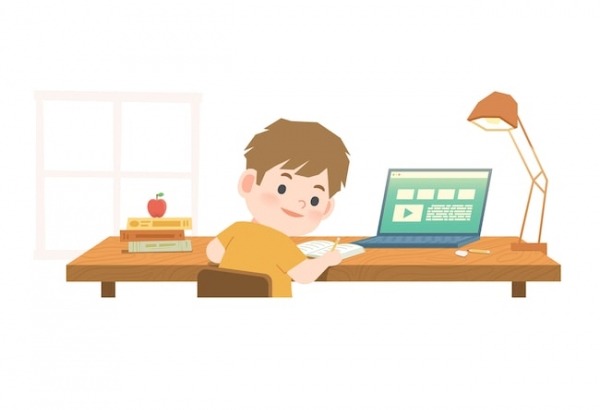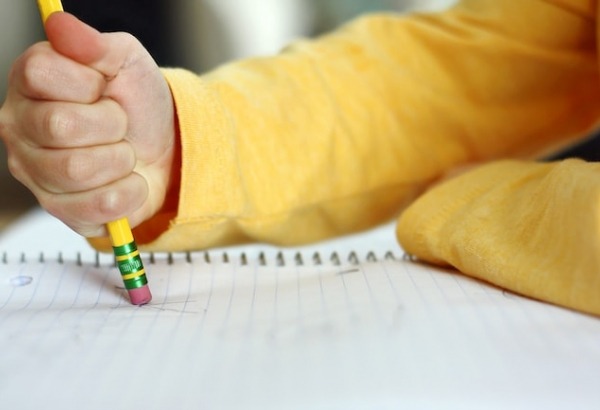Different types of dyslexia
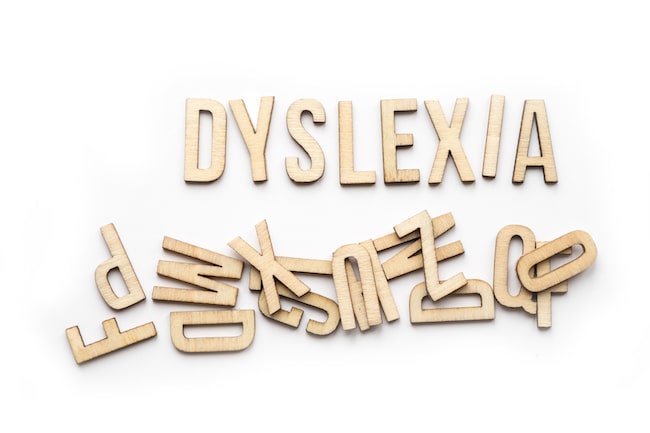
Dyslexia is a specific learning difficulty that among other things, can impact an individual’s ability to break words down into their component phonemes, a crucial skill involved in reading, writing and spelling. People with dyslexia may be highly intelligent and creative individuals but still struggle with basic literacy skills.
With the right help, these challenges can be overcome, but because no two dyslexic students present with the same set of symptoms, it is sometimes difficult for educators to identify the most effective teaching solutions.
That’s one of the reasons why researchers have attempted to group commonly observed behaviors into different categories, to make finding treatment easier and ensure dyslexic children who struggle with similar challenges can get the help they need and not fall behind their peers. Note, the keyword here is "attempted" as there are actually no subtypes of dyslexia.
There are no official subtypes of dyslexia
Depending on the theory, you will find different types of dyslexia discussed but it’s important to note that there are no official subtypes of dyslexia and different schools of thought have taken different approaches to categorizing symptoms. Additionally, a learning difficulty can vary greatly from individual to individual and people may show symptoms from multiple suggested "types" or be of the same "type" and have different symptoms.
However, knowing how to identify dyslexia early on is just as important as being familiar with different types of symptoms.
A child with dyslexia may be quite bright, but their written work will often not reflect the extent of their vocabulary. You may see them reversing numbers and letters, finding it hard to remember the spelling of common words, especially sight words, and struggling with reading, copying work and following instructions. In some cases children can become disruptive in class and even adopt an anti-academic attitude as a way of dealing with feelings of frustration and low self-confidence that result from not getting the help they need (and in the worst cases, being unfairly labelled as lazy, slow or even “not good” at reading).
But there are ways teachers and parents can help children with learning difficulties achieve confidence and thrive in an academic environment. One of the most effective approaches is via a touch-typing course that provides opportunities to overlearn the spelling of common vocabulary and other words that reinforce sound-letter correspondence.
Taking a multi-sensory approach also makes it easier for written assignments to be completed on a computer, which is particularly helpful for dyslexic children who also struggle with dyspraxia. More importantly, when a child can learn at a pace that’s just right for them, they feel more in control of their learning and build positive associations with reading, which are then carried over into the classroom.
Even adults with dyslexia can benefit from a typing and spelling course, and it’s never too late to learn. One TTRS user didn’t become a reader until after he retired from work!
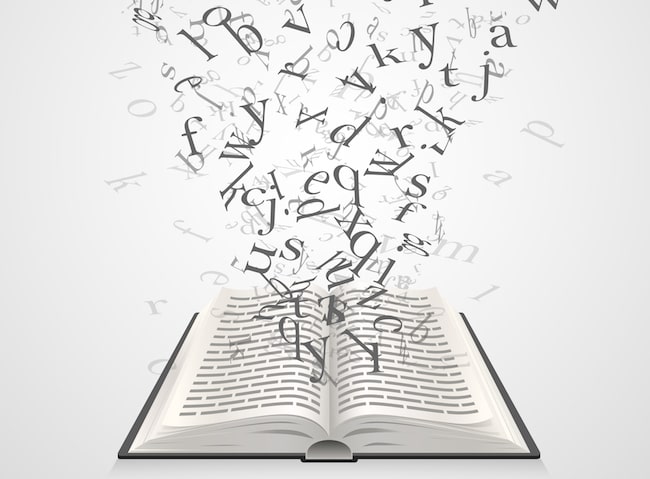
Different "types" of dyslexia you may find references to
Phonological Dyslexia
Did you know that 75% of people who have dyslexia experience difficulty in breaking speech into individual sounds? Every language has a set of commons sounds that it reuses over and over again to form words. People with dyslexia have no trouble producing and processing the sounds they need to speak their native language. The difficulty comes with identifying the individual sounds that make up a word.
It may not seem like sounds are important in reading, but one of the first steps children must take in learning how to read is decoding words. This involves sounding them out one letter or group of letters at a time, which is a particularly challenging activity in English as there are various ways of spelling the same sounds.
To illustrate the point, here’s a tongue in cheek alternative spelling of “fish” from the pen of George Bernard Shaw: Take the f sound from tough, the i sound from women, and the sh sound from nation, and there you have it - the way to spell fish is “ghoti.” If you struggle to hear the sequence of sounds that come together to form a word, you won’t necessarily know a word when you see it or be able to spell it when it comes time to write it down.
Surface Dyslexia
Some individuals experience a particular kind of reading difficulty which can cause them to take longer to process language when they move beyond the decoding stage. Not all words are spelled as they sound in English and sometimes we meet a word that gives us no clues as to how it is pronounced.
This can happen to all native speakers in English, which is why we memorize irregular spelling so a word can be recognized when it is next encountered. With the so-called "surface dyslexia" type children may have trouble seeing the whole word. This causes comprehension difficulties and greatly increases the processing time required for reading.
Visual Dyslexia
It's hard to say where the "visual dyslexia" referenced by some sources and visual processing disorders intersect. You'll often find them discussed in reference to difficulties remembering what has been seen on a page. Everyone who has dyslexia faces different challenges but when visual processing is involved, it means the brain doesn’t receive the full picture of what the eyes are seeing. This can have severe implications for learning to form letters and also mastering spelling, a process in which remembering the correct letter sequences in words is key.

Primary Dyslexia
You will sometimes come across medical texts and research papers which discuss primary and secondary dyslexia. The "primary" label refers to dyslexia when it is a result of a genetically inherited condition. This means if a child has a parent with dyslexia, they are more likely to have the learning difficulty themselves.
Secondary Dyslexia
Before they are born some babies experience brain development issues in the womb which can cause neurological impairment and result in dyslexia. Of the many "types" of dyslexia you can find references to, "secondary" has been shown to respond best to treatment, including targeted phonics work through computer programs.
Note that both primary and secondary dyslexia are considered developmental conditions, as they are present at birth and remain lifelong conditions.
Trauma Dyslexia, also referred to as Acquired Dyslexia
When an adult or child has a brain injury from trauma or disease, they can sometimes develop difficulties with language processing, which result in dyslexia.
If you are looking into the research, you'll find references to many other so-called "types" too. The term perceptual dyslexia, is associated with people who have trouble recognizing whole words, which causes slow reading. Linguistic dyslexia is sometimes brought up when individuals read quickly but still make mistakes and struggle with comprehension. There are some people who discuss auditory, spatial or even math dyslexia. For this last one, it is hard to pinpoint where a "math dyslexia" type and dyscalculia would differ.
Teaching solutions for dyslexia
Teachers can help dyslexic students in the classroom by being aware of learning difficulties and providing extra time for students to process and learn new material. For example, children can benefit greatly by learning how to read sight words.
These are service words and prepositions that are commonly found in classroom reading materials. Nonetheless, they can be difficult words for dyslexic children to remember as they are less amenable to mnemonic devices. Teaching sight words through extensive repetition via a spelling program is often an effective solution.
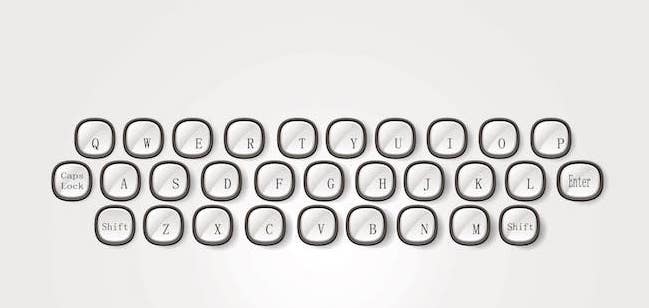
Allowing students to type assignments when possible is another good strategy. It can help reduce the time a dyslexic child needs to complete assignments by removing the mechanics of writing from the task, and giving them access to spell checkers.
You may also try to teach specific strategies for spelling. Above all, provide plenty of praise. Developing literacy skills is a challenge and your students will need the encouragement. Learn more about teaching students with dyslexia.
Learning solutions for dyslexia
Approaches may vary depending on the symptoms, but most individuals with dyslexia respond well to technology that breaks learning down into bite-size units. It allows them to proceed through a course at their own pace, learning one step at a time and repeating modules until they are ready to move on.
Overlearning is another helpful strategy that can also sometimes benefit children with attention deficit disorder/ attention hyperactive disorder and other specific learning difficulties.
Touch-type Read and Spell
Touch-type Read and Spell was developed to help children and adults with dyslexia learn to type in a multi-sensory way that strengthens their reading and spelling skills at the same time as it improves self-esteem.
The platform aims to help learners feel and be successful while making computers more accessible. Students can learn to type with ten minutes of practice a day 3-5 times a week.
For learners who struggle with dyslexia
TTRS is a program designed to get children and adults with dyslexia touch-typing, with additional support for reading and spelling.
Chris Freeman
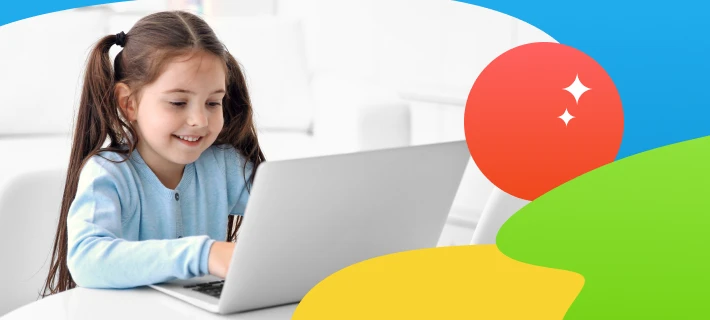
close
Can an Orton-Gillingham approach to literacy help your child?
Take a short quiz to find out!
TTRS has a solution for you
An award-winning, multi-sensory course that teaches typing, reading and spelling

How does TTRS work?
Developed in line with language and education research
Teaches typing using a multi-sensory approach
The course is modular in design and easy to navigate
Includes school and personal interest subjects
Positive feedback and positive reinforcement
Reporting features help you monitor usage and progress








